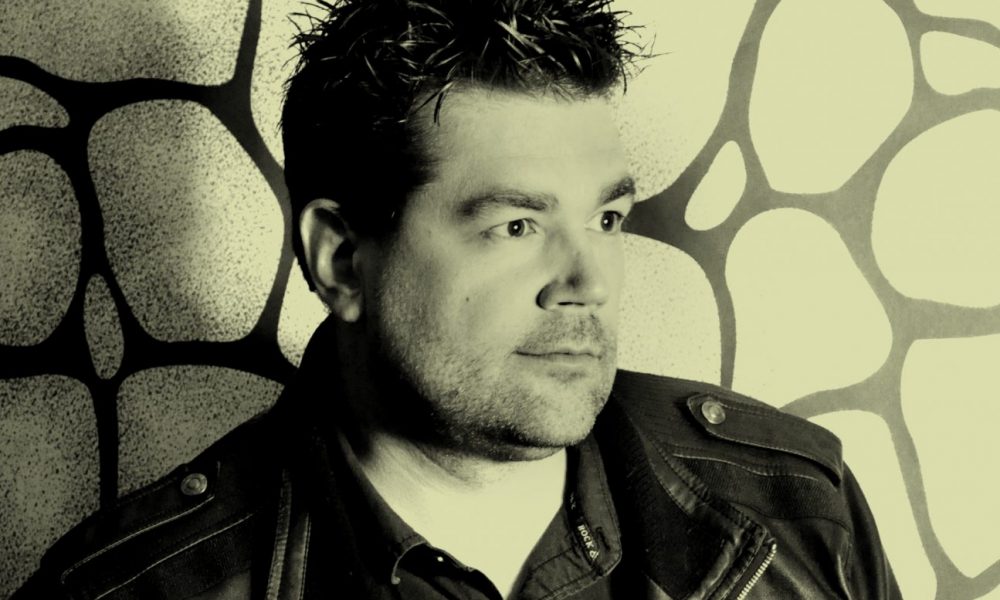

Today we’d like to introduce you to Michael Foster.
Michael, we’d love to hear your story and how you got to where you are today both personally and as an artist.
When I was in second grade, our classroom assignment was to draw our dreams for a school-wide contest. Most kids painted unicorns and butterflies. I painted a city at night, with some of the buildings on fire. I think I must have burn through a black crayon in the process. Not that I was a morbid or angry kid, I just preferred night to day and found the organized chaos of a big city interesting. Strangely enough, I won second place. That night at the art show, there was a large group gathered around my drawing, everyone debating on the amount of therapy I needed. Once we got back home, my mother complained about how rude and ignorant everyone was, and how everyone relentlessly trashed my art. My father turned towards me and said something along the lines of, “You got talent, kid.”
It was good to learn about the value of subversives early on. Of course, I’m still terrible at taking criticism, I still have a chip on my shoulder I suppose. I continued my so-called career in the arts as a cartoonist for a long running comic strip which eventually became “Larry’s Cafe.” It’s about an alien that runs a coffee shop. He’s the normal one, all of other human characters are the real oddballs. I drew that on and off for thirty years.
It wasn’t until 2005 or so when I started actively painting, inspired by the book “Vitamin P: New Perspectives in Painting.” I’ve been in the studio painting or at my desk drawing ever since. That’s when I’m not doing graphic design, which helps pay the bills. It all feeds into each other. My art pushes my design skills further, and vice versa. And since my wife is also an artist our unique styles and mutual compassion for the arts is very inspiring.
We’d love to hear more about your art. What do you do you do and why and what do you hope others will take away from your work?
It starts with a complex emotion or concept, something that goes beyond description. The kinds of powerful yet inconsolable emotions you feel when you watch a David Lynch film or read a Haruki Murakami novel. We all carry complex and abstract emotions we cobble together from various memories and pre-conceived analogies. That becomes the artistic fuel, then I can get to work. From a more technical standpoint, there’s a few artistic design elements that I frequently fall back on, usually a person or character surrounded by lively abstraction representing information overload. A decade ago, I was fascinated by technology and its overwhelming impact on society. Over the last few years, thematically I explored the emotional and geopolitical landscapes of pre-9/11 America and the sub-sequential fallout afterwards, both on a national and a personal level.
These days, I’m focusing on the characters within the painting, taking some advice from Kimberly Atwood, owner of the Elephant Room Gallery in Chicago. In my previous works, the characters were simply a part of the environment, kind of like Edward Hopper’s paintings. Now they are front and center. The recent series is called “Bloodletting,” partly because I’m using a lot of red, which I’ve never done before. The term comes from the ancient medical practice of draining a patient’s blood in order to heal them. In many ways, it seems like we’re all conducting a massive psychological variation of this kind of behavior on a global scale.
The sterotype of a starving artist scares away many potentially talented artists from pursuing art – any advice or thoughts about how to deal with the financial concerns an aspiring artist might be concerned about?
There’s no shame in putting food on the table. If you’re worried about selling out, don’t be. Just always put the artistic integrity of your work first, and you’ll be fine.
Your environment always plays a role in what you’re creating. From a historical perspective, art started off as visual documentation. During ancient times, art was used to represent ideas and concepts. From there it was used as a tool for culture manipulation by the powerful. We look at the Sistine Chapel with wonder and awe, and rightly so. It’s an amazing technical achievement. But the hard reality is that Michaelangelo’s masterpiece was a commission for the church, it’s selling a brand and a message. It wasn’t until the modern era when art became an indispensable tool for dissent, and that’s a wonderful thing.
In the post-modern world of art, there’s a lot of garbage and nonsense you have to work past within the culture. Artwork that deeply offends gets an instant gut reaction, it goes viral, but that’s so cheap and easy. Looking at art, if someone experiences something new, a deep emotion they’ve never felt before, then you’ve done your job as an artist. It’s easy to emotionally engage and in some cases enrage a viewer. To simultaneously emotionally and intellectually engage someone, that’s critical. That’s what an artist needs to do, challenge and inspire with intelligence.
Do you have any events or exhibitions coming up? Where would one go to see more of your work? How can people support you and your artwork?
Boojazz.com has pretty much everything I’ve ever worked on somewhere on that website. And I recently completed a sketchbook for The Sketchbook Project in Brooklyn which should be out on tour in 2018. These days I’ve been doing a lot of portraits, both pets and people… which has been very gratifying. I always infuse my style so it’s not something drab or pedestrian, which is important.
Contact Info:
- Website: boojazz.com
- Email: michael@boojazz.com
- Facebook: https://www.facebook.com/fosterscafe
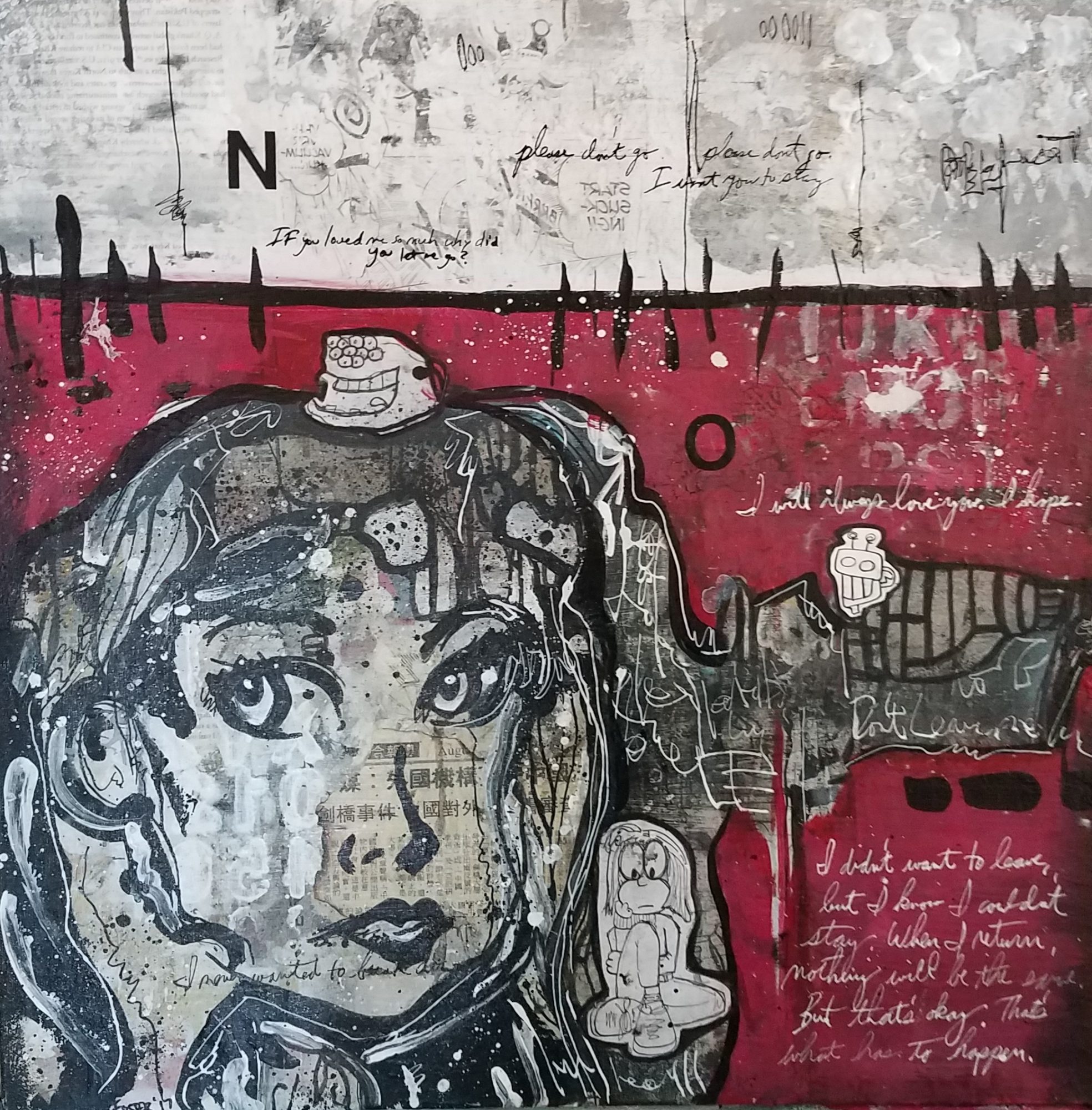

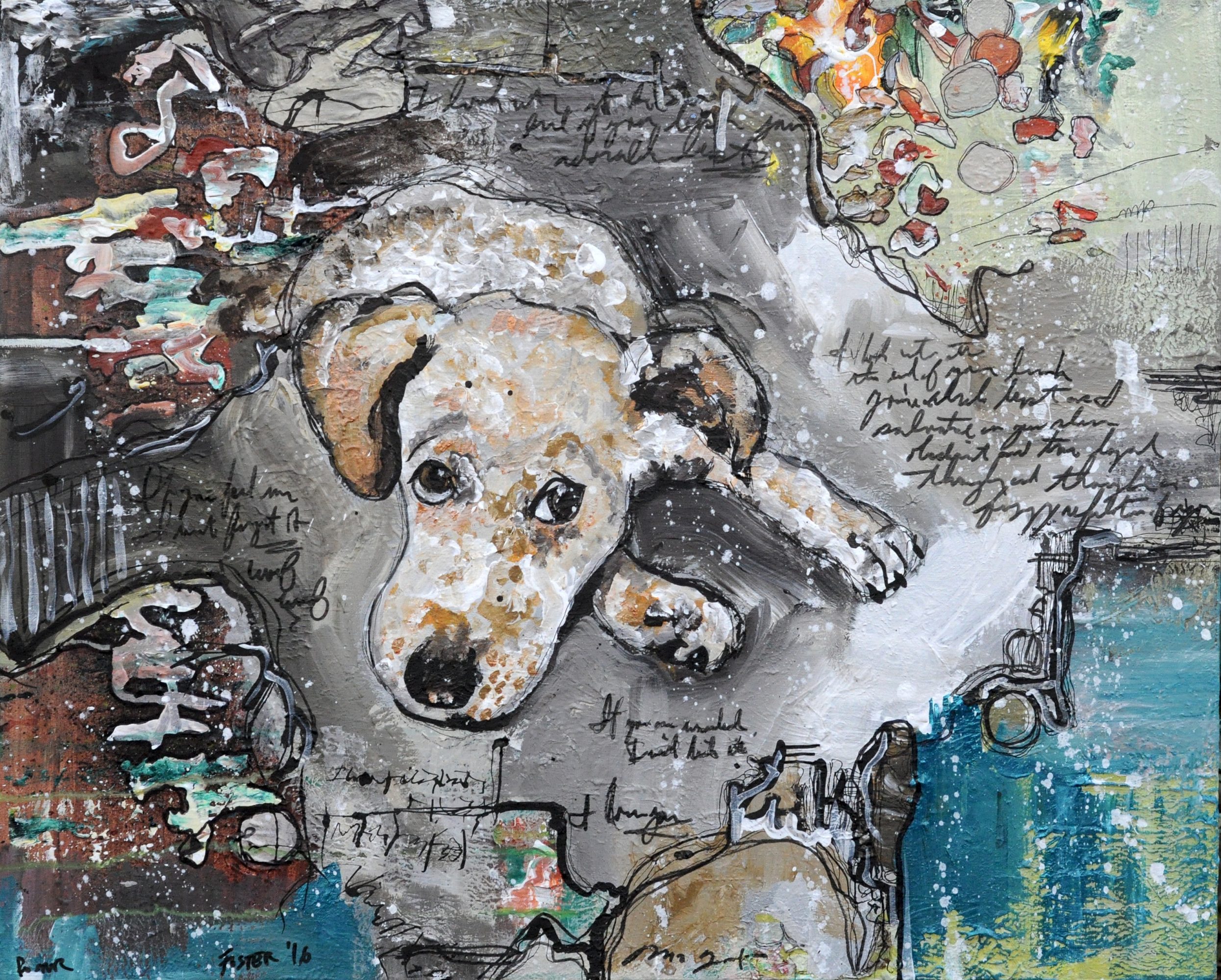
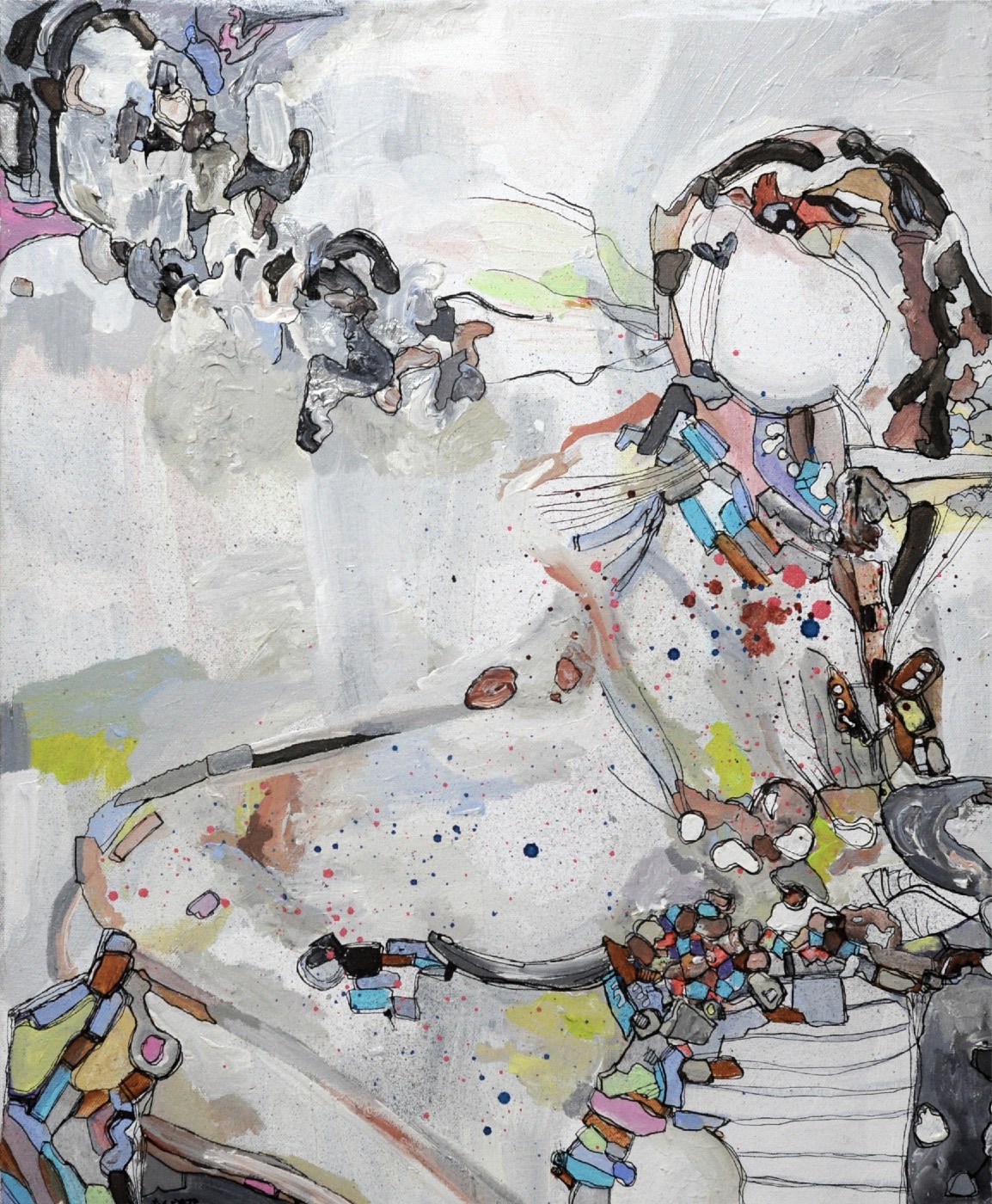
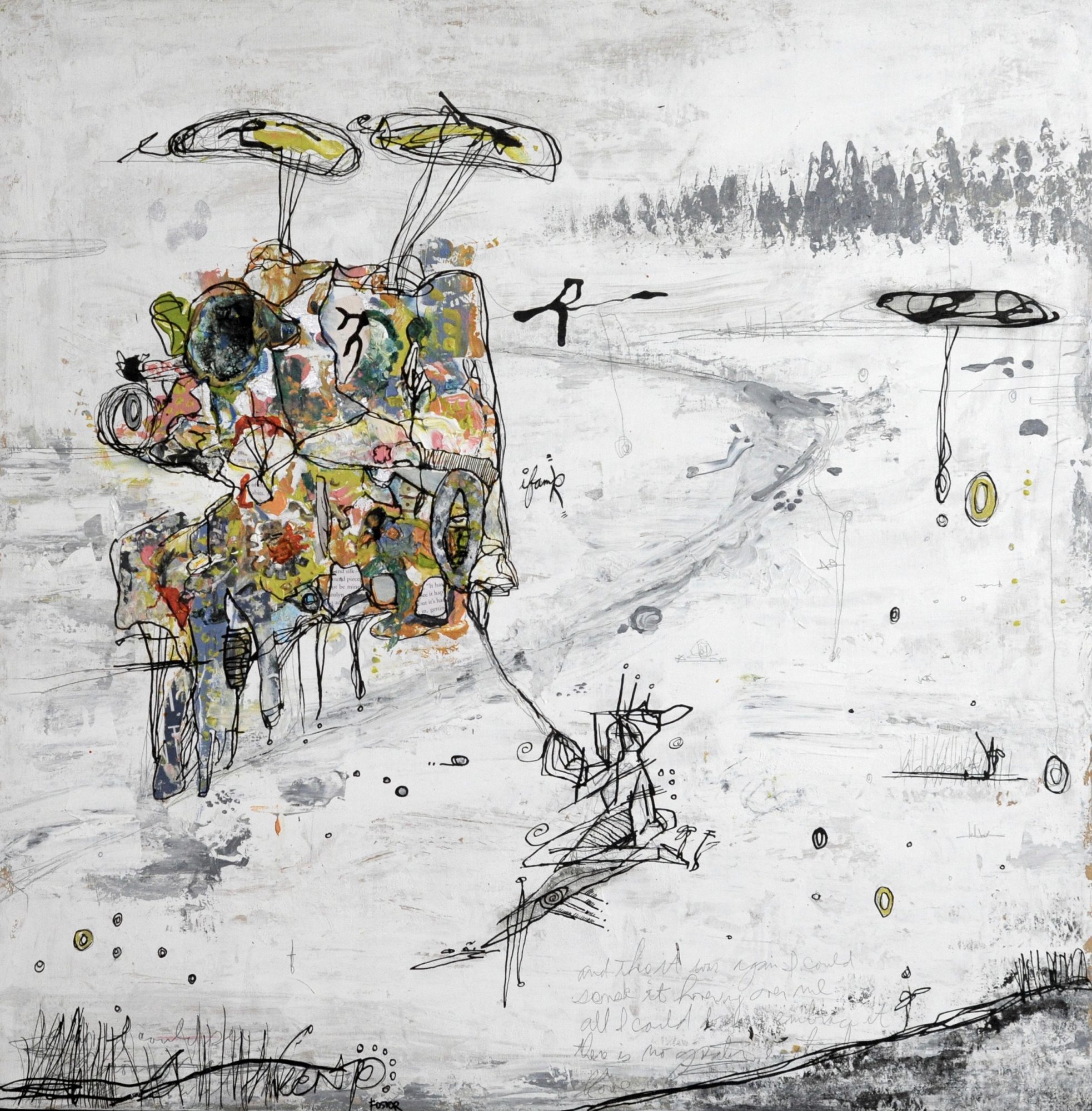
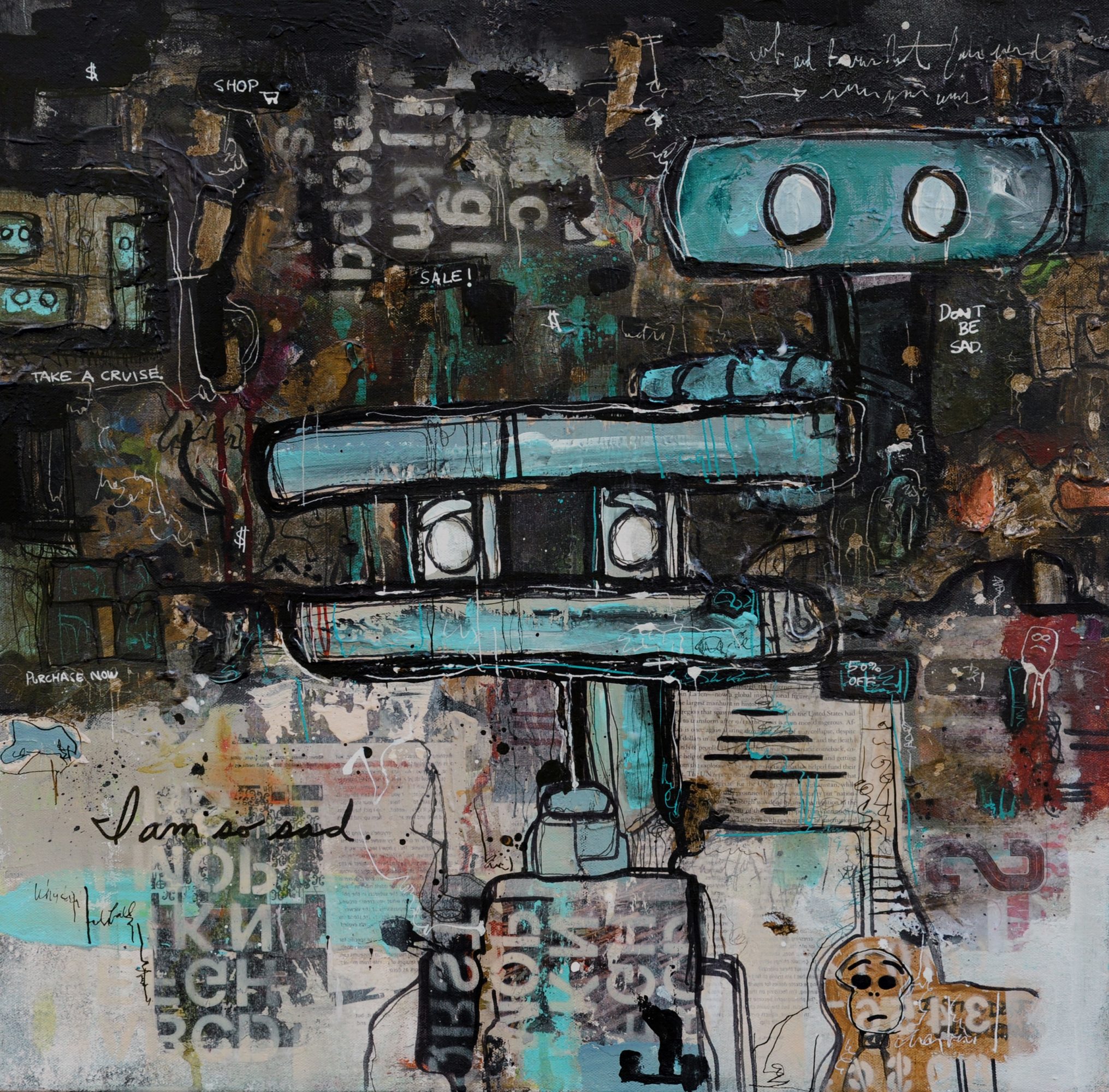
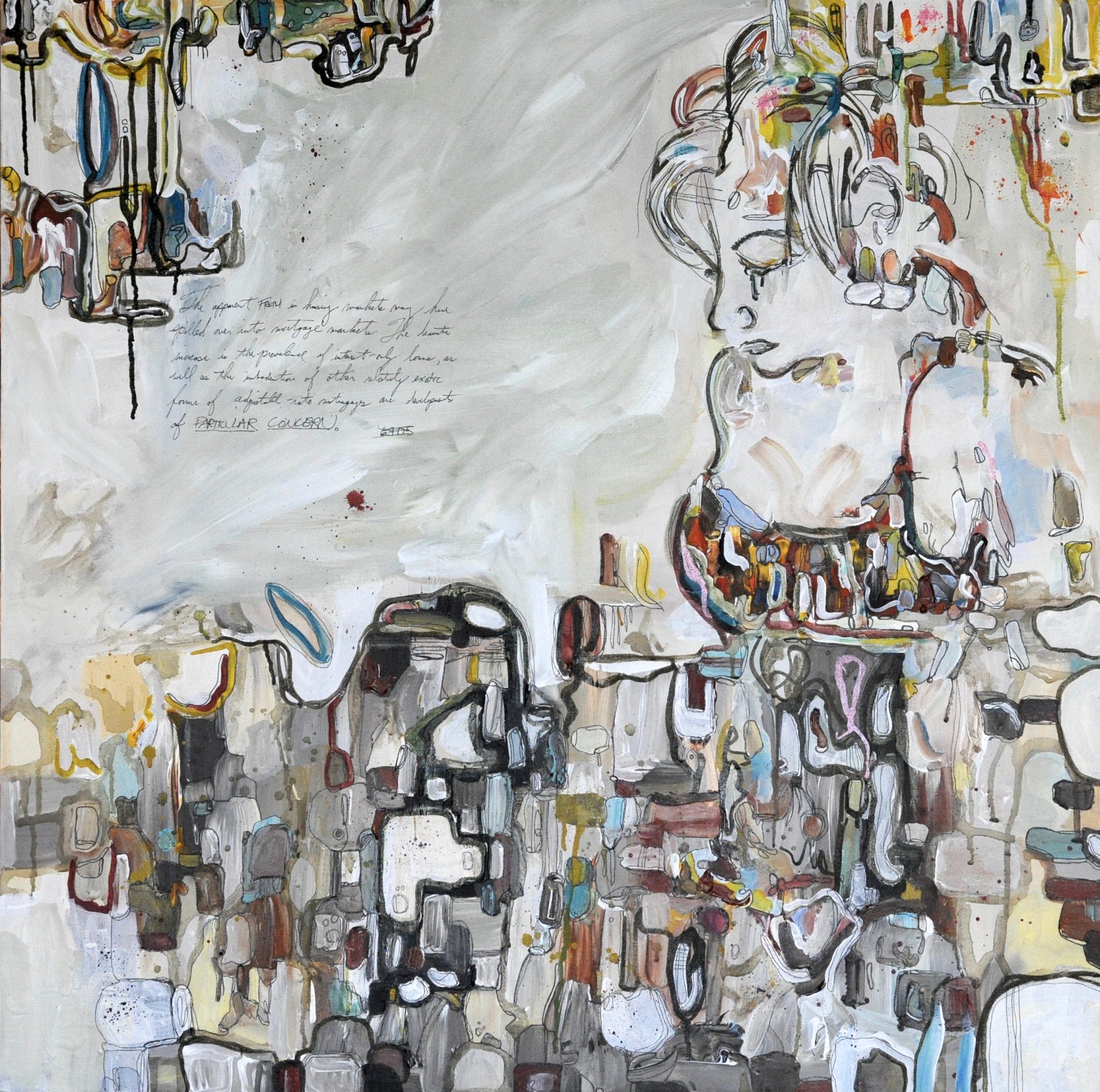
Image Credit:
Michael & Jaime Foster.
Getting in touch: VoyageChicago is built on recommendations from the community; it’s how we uncover hidden gems, so if you know someone who deserves recognition please let us know here.
















